In-depth review: running 500 kilometres with Apple Watch Series 2
So... is the new Apple Watch good for runners? And is it a Garmin killer? I'll answer those two key questions, and more in this review.
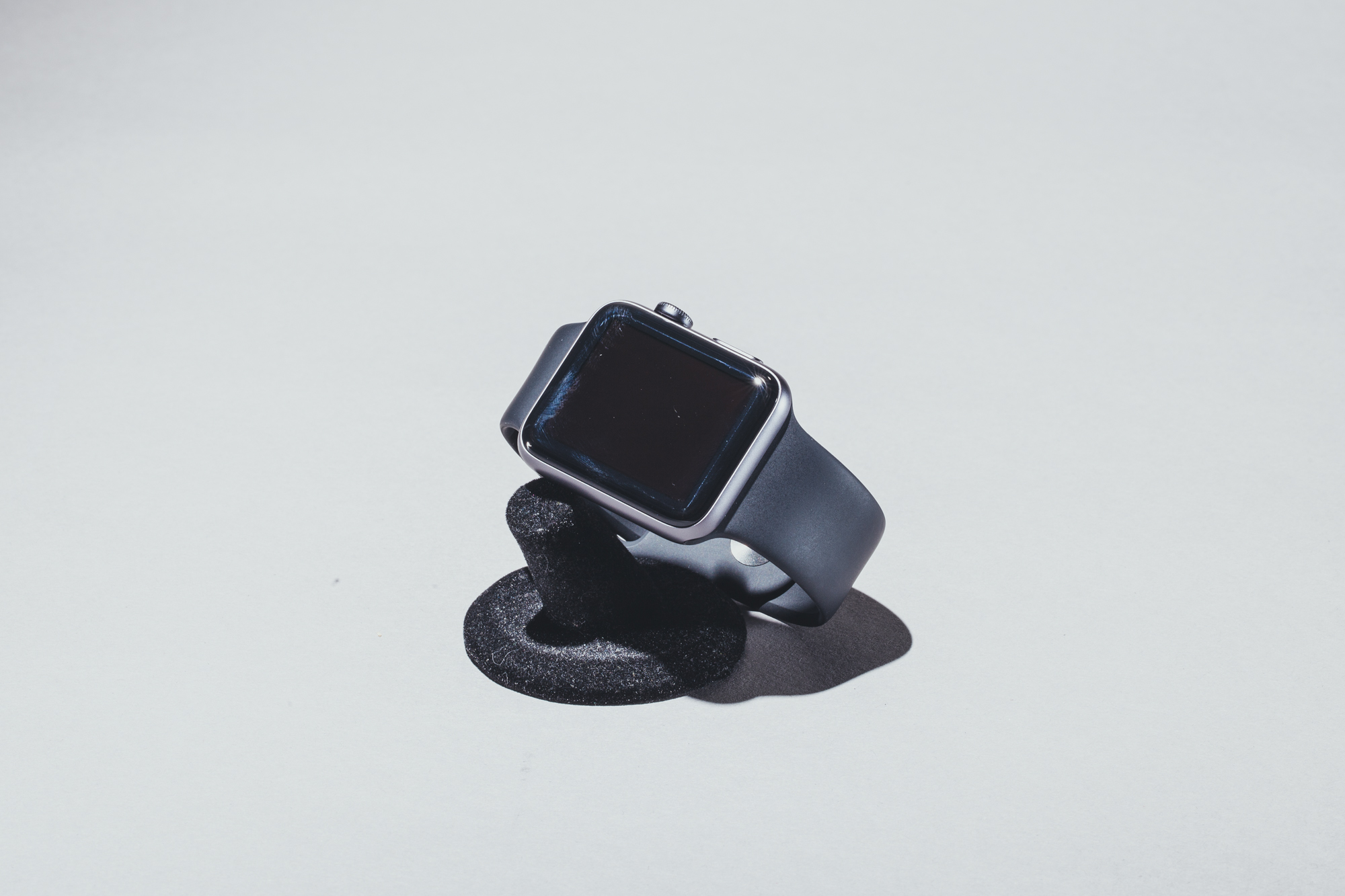
 Here at Canadian Running, we had an opportunity to be among the first in Canada (and, well, just about everywhere else) to get our hands on Apple’s second iteration of Apple’s foray into wearables. After our initial impressions, I took the watch and ran the heck out of it through the heart of fall marathon training season–over 500 kilometres (and counting).
Here at Canadian Running, we had an opportunity to be among the first in Canada (and, well, just about everywhere else) to get our hands on Apple’s second iteration of Apple’s foray into wearables. After our initial impressions, I took the watch and ran the heck out of it through the heart of fall marathon training season–over 500 kilometres (and counting).
First, let’s do a quick overview of what’s new with what Apple has dubbed “Watch Series 2” (“Series 1”, the first generation of the Watch is still in production, now at a lower price point).
New Features
GPS
The single biggest upgrade from the first version of the Watch is the addition of GPS. Finally, runners will be able to accurately track their run. Runners are, how shall I say it, detail-oriented. We don’t want to run “about 10K”–we want to hit 10.00 kilometres on the nose. Using a pedometer just won’t cut it for a serious runner.
It’s “water resistant” (a.k.a. it’s totally waterproof)
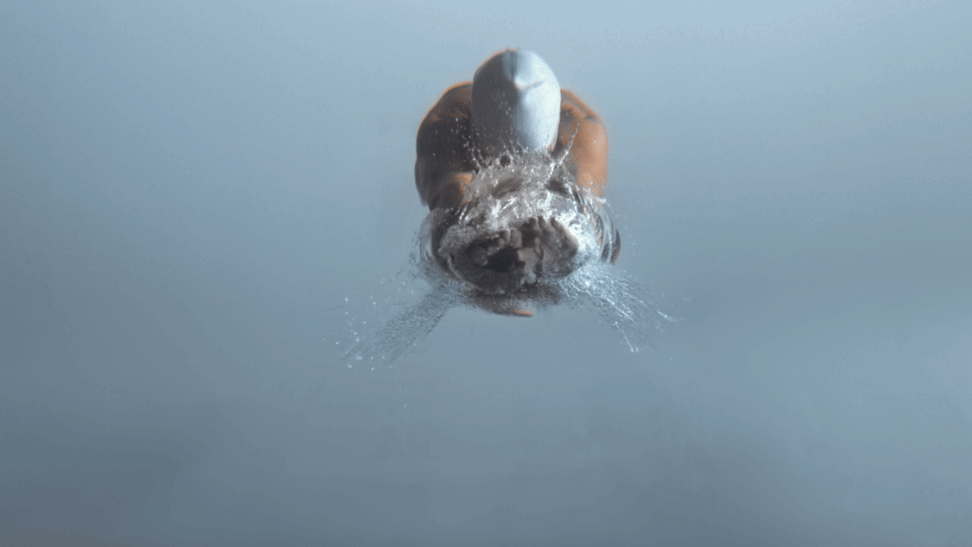
The first version of Apple Watch was actually pretty good in bad weather. I tested it thoroughly, running a slew of workouts in the pouring rain, and even forgetting to take it off before hitting the shower a few times and it never glitched out on me. That said, it wasn’t designed for diving into a pool. Series 2, however, is 50m “water resistant,” which is just an industry term, and really means that it can handle being submerged, and is thus waterproof.
The engineers at Apple had a few different challenges to overcome when they decided to make this a device for swimmers, surfers and triathletes. The first challenge was that the watch has a speaker/microphone for receiving phone calls, Siri commands and providing instructions for various tasks (more on that later). A speaker/mic means water is going to get into the device. So, the clever folks in Cupertino waterproofed the tiny speaker housing area and cooked up a novel means of clearing out the H2O: after taking the device out of lock mode (touch screens can do funny things when submerged in water) you are instructed to spin the crown repeatedly, and the speaker actually fires off a string of beeps, blowing itself dry. It’s a rather practical, yet whimsical fix.
Another issue that has confounded watchmakers for years when it comes to tracking swim workouts is that GPS doesn’t work well when submerged in any amount of water. That’s never been a big deal for those who do all their swim practice in a 25 or 50m indoor pool, but it’s a huge issue when open-water swimming. Apple’s engineering team overcame this by programming the GPS to communicate with the accelerometer. When your arm leaves the water while doing front or back crawl, the watch senses this and alerts the GPS to ping the satellite. The watch then stitches together your progression through GPS pings and accelerometer data, providing for an incredibly accurate summation of your swim. Impressive fixes to big problems that have troubled triathletes wanting specific swim feedback for years. This clever remedy also works when running in the city. Sometimes, a GPS unit will struggle with office buildings and, of course, tunnels. In these moments, the watch hands off the responsibility to the accelerometer and then binds it back together with the next available GPS ping, meaning you won’t ever finish a run with a screwed up distance result.
Smooth, fast processing
Apple Watch Series 2 comes with an improved processing chip, and it’s zippy. I didn’t have any huge issues with the first-gen chip, but with a device that is designed to handle a heavier workload, it’s wise to build the newest model to take on whatever developers can throw at it for the next couple of years. It was clear to me after testing it that the apps feel almost preloaded now, appearing onscreen immediately and responding without any lag whatsoever. The new “dock” feature, where you hit the side button and can swipe between a series of selected favourite apps, relies on this fast processing to make it work smoothly.
The screen is crazy bright
Apple say this is the brightest display they’ve ever created: more vivid and nuanced than an iPhone or even one of their big, fancy desktop displays. For runners, this is actually quite important, as a big drawback previously with colour touchscreens on a watch was that it got drowned out by harsh sunlight. The Apple Watch Series 2 display blasts through the glare nicely. But does that come at a battery power loss? More on that later.
A new operating system means it works the way it should
Apple launched the much-hyped WatchOS3 just as they rolled out this second-gen device. It’s well timed, as the new OS seems to leverage the watch in the way it was always meant to be. The good people at Apple will never say that Series 1 was a public beta, but with the new hardware and software bumps, I feel that the watch is now hitting its stride the way it was probably envisioned during the development process.
Other little bells and whistles
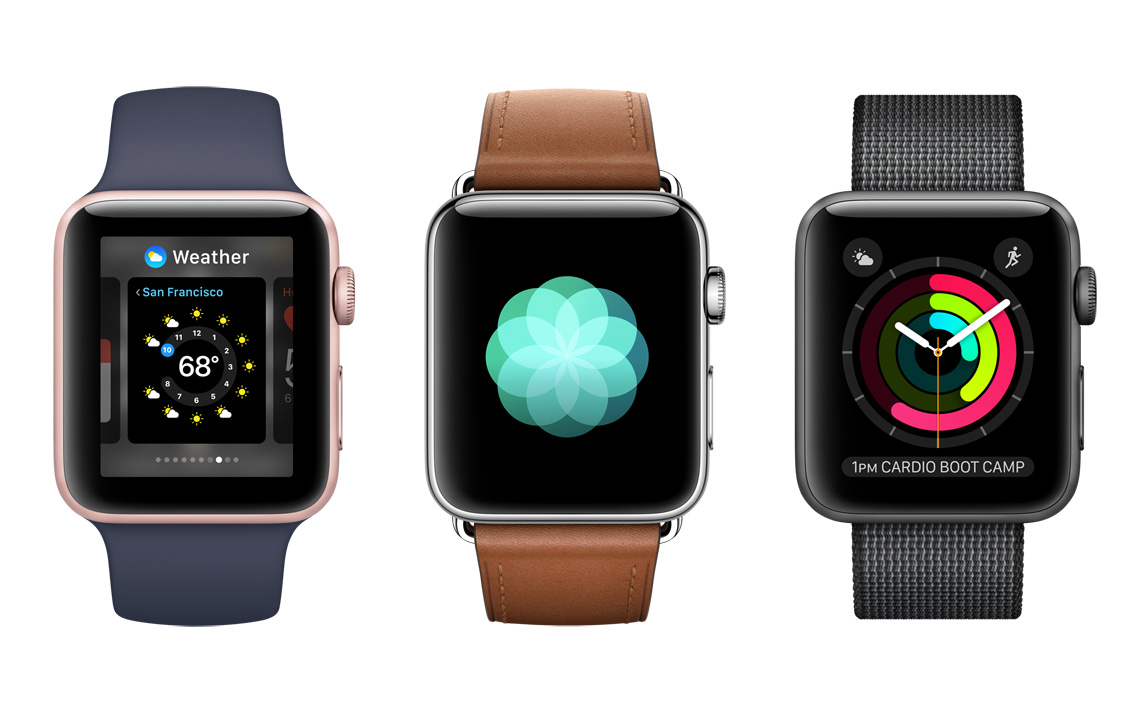
Better sound
Apple made a few other little tweaks to the design for the new rollout. The optical heart rate monitor is now built with a ceramic back (it was composite before), and there are two speakers for clearer, louder playback. Yes, that means you’ll now be able to hear Siri while running down a busy street.
The Breathe app
The change I’m actually most excited by is with the baked-in apps that comes with the watch. Apple put a weird amount of time and money into a “Breathe” app, which gets you to literally take a few deep breaths, if you want the reminder notification. The app sounds a bit hokey, but it is based on a lifetime of work by a Harvard researcher who worked with Apple to get it right. It is also a great idea for runners looking to relax and get focused moments before a big race.
A really good workout app
Normally, I find a non-running specific brand’s attempt at making a running-focused idea frustrating. I immediately sense that runners weren’t involved and that it’s more what someone thinks runners would need or want. Apple must have developers who run. Their basic workout app is really good for runners. I figured when I started testing the Apple Watch that I’d almost immediately abandon their app in favour of Strava, Nike+ or Runkeeper (all of whom came out of the gates with solid Watch-friendly apps for the first version; only Nike have rolled out a Series 2 app that takes advantage of the GPS chip, so far). But I really love Apple’s native workout app. And with the new WatchOS3 update, I swear they listened to people like me, who voiced the need for more nuanced data, more display options and a better ecosystem for tracking and sharing runs. More on the workout app later, but I’ll start off by saying that I’ve been using it almost exclusively for over 500K now, which even I find surprising and impressive.
Thoughts after 40 runs and over 500K
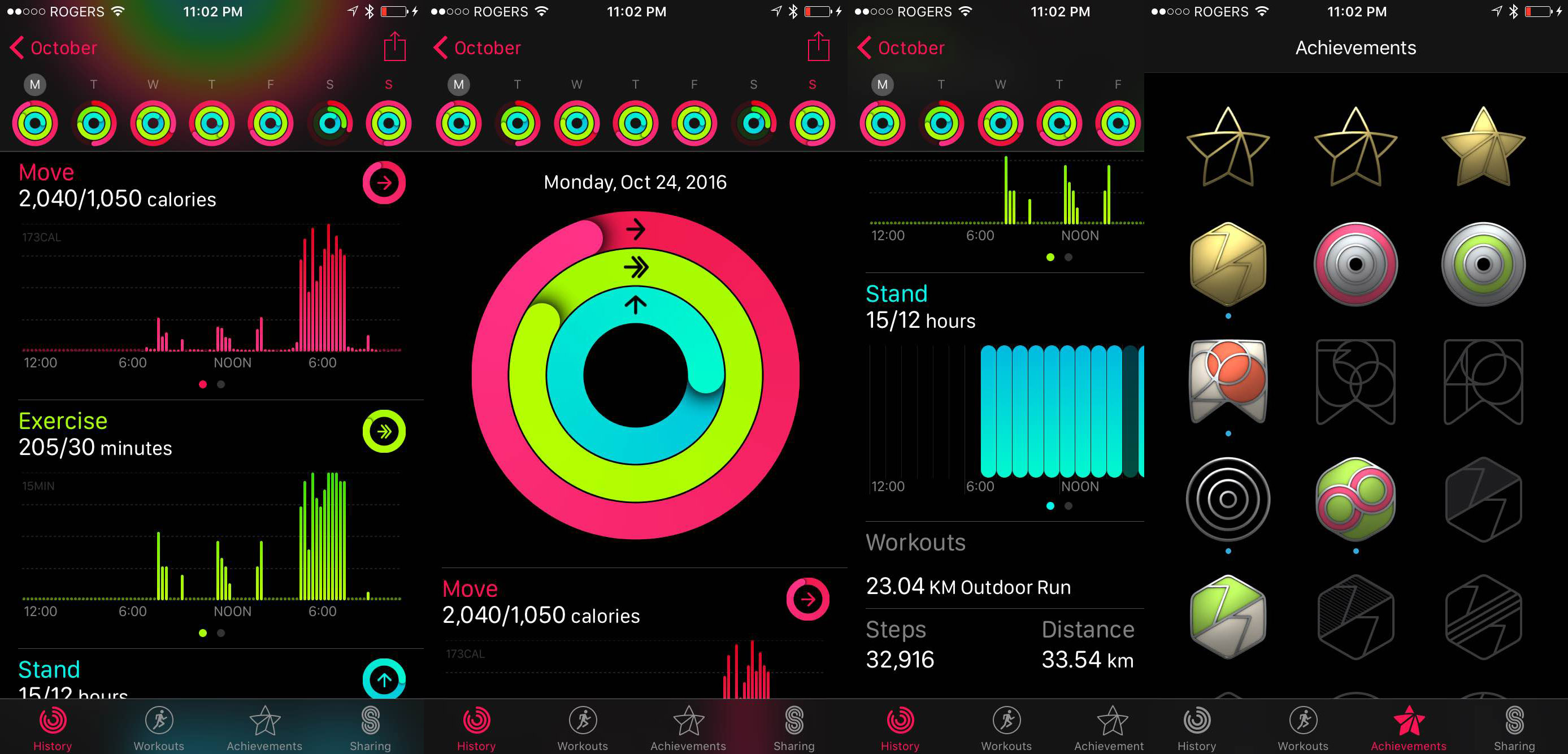
Functionality
Beyond the improvements with how many fields of info you can see on the Workout app, the watch now uses the physical buttons in order to start and pause a session. It sounds like a small detail, but most runners seem to prefer the simplicity of a button over fussing with a touch screen to trigger a split or stop at a traffic light. The app can also sense when you’ve stopped running and auto pauses until you start moving again.
The watch’s accelerometer is very good at sensing when you bring it up to look at, and automatically illuminates, which is fantastic when quickly checking pace, particularly in the dark.
In terms of comfort, nothing has really changed from the first version of Apple Watch. The silicon band is superb and easy to clean (just place it under water and give it a wipe after a run and it looks good as new). Sure, it’s not as light as a Garmin Forerunner, but its got a nice, sturdy weight to it. After a few wears, it’s not noticeable. It feels like a solid, high quality object. The Sport version is made with aluminum in place of stainless steel, so it’s about as light as it can be. The watch face of the Series 2 is ever so slightly fatter than the first version, no doubt in order to tuck in the GPS antenna, beefed up speaker system and more robust processor. But without comparing the units side-by-side, you’d never notice the mildly added girth.
How’s the battery life?
One big concern with Series 1 was that the battery life wasn’t amazing. Apple promised that the WatchOS 3 update would improve that, and that the Series 2 would be faster, use GPS and be more efficient. After many long days involving lots of running, this version has never failed to get through an entire day. When constantly connected via Bluetooth to a phone, it does suck battery life more quickly, but has never kicked the bucket before bedtime. When disabling Bluetooth, the watch can handle a long run and a 18 hour day.
For runners who aren’t interested in charging their watch daily, just as they do their smartphone, this may be a deal breaker. I found I liked wearing the watch all the time, so I didn’t mind having to connect it to its charger at the end of each night. The charger itself is quite novel–magnetic and wireless, connecting via USB.
Yes, Garmins, Suuntos and Polars will give you several days of non-GPS functionality, so you don’t have to think about giving the thing juice daily. But its really not as big a drag as it may sound, having to connect the Apple Watch on your night table. After all, if you enjoy the device as much as I have, you probably won’t want to take it off until you go to sleep. The one downside to this, of course, is that you can’t do a full day of running, cycling, walking around and not charging the device and then expect to use it to track your sleep. This is a shame, considering it has a mic, accelerometer and heart rate monitor, meaning its the perfect sleep tracker. Perhaps future OS updates will stretch battery life to at least a couple of days.
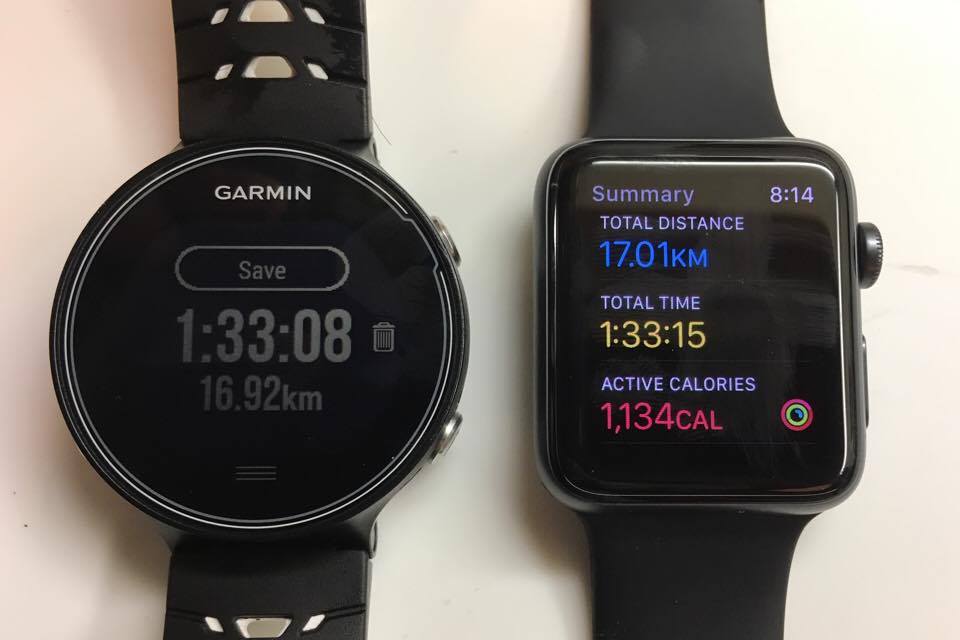
GPS accuracy
Like I do with all new watches I test, I took the Series 2 out for the first few runs with another GPS unit. I ran a route that I’ve done dozens of times, so that I know exactly how accurate each device is along the way. One of the aspects of Apple’s approach to GPS that took some getting used to was that it’s essentially always connected to a satellite. This is particularly true when the unit is paired and within range of your phone, as they are both constantly asking for a location check. Companies like Garmin, Polar and TomTom have maximized their device’s battery life by only having the GPS enabled when you tell it you’re about to go for a run. We all know what comes next: standing around, waiting for the little GPS bars to fill in before you can head out. Because the Apple Watch is always checking in with the eye in the sky, all you have to do is open a running app, hit “go” and, well, run. It’s refreshing and maybe even worth the battery power tradeoff to not have to wait around in the cold with your arm in the air, hoping that it will somehow connect you faster (it doesn’t).
After five runs, I was sold. The GPS is pretty much bang on. In fact, I started to second guess the watches I used for comparison, as they seemed to have to play catch up in the first couple of kilometres.
One downside: no altimeter (or is there?)
For trail and mountain runners, the lack of altimeter is a small miss on Apple’s part. This won’t matter much for most road warriors, but it is nice to be able to see how much elevation gain and loss you battle during a run. I wonder if that data can’t be scraped somehow through other means, or if there is some sort of altimeter-like component already in there that Apple’s engineers just haven’t thought was something worth unlocking for its running app. Again, what’s great about this device is that it has a lot of untapped potential, and I wouldn’t be surprised if an app like Strava leverages something within the watch to get this more fine grained data for runners in the future.
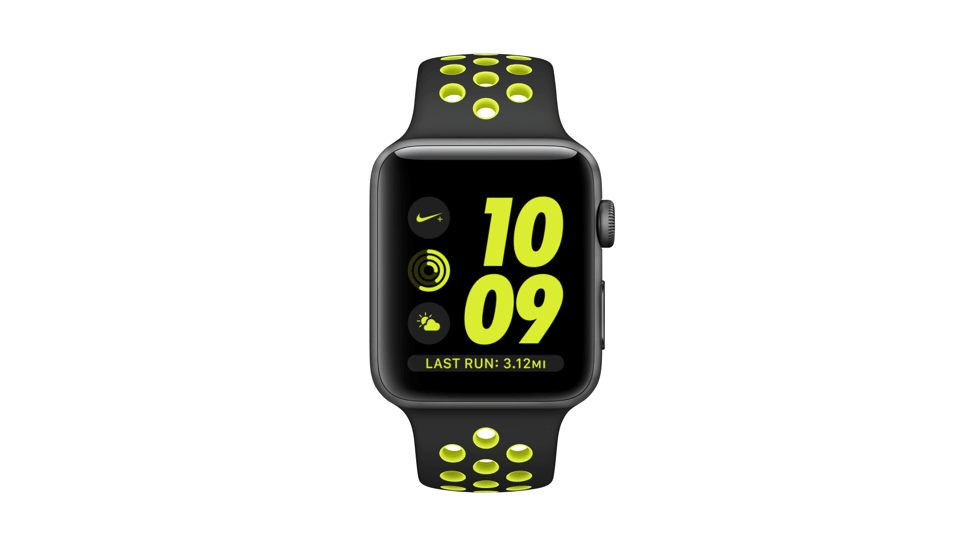
Third-party apps need to update
That brings me to my next gripe: only one third party developer has yet caught up and rolled out a GPS-friendly app for the Series 2. According to Strava’s community message board, they are asking for users to be patient and seem to have something in the works. They were one of the first developers invited to jump onboard when Apple launched the first watch last year. It’s a no-brainer for them to make a big push and launch the best marriage of a watch and app imaginable.
Unboxing of the Apple Watch Nike+
The one company that has got up to speed is Nike. Shortly after releasing their massive overhaul of their app, rebranding it the Nike+ Run Club, they announced that they were all-in with Apple. They even released a Nike+ special edition of Apple Watch that is basically a run-obsessed version of the device. We have a tester model and will provide our first impressions in the next few days, followed by a similarly exhaustive review.
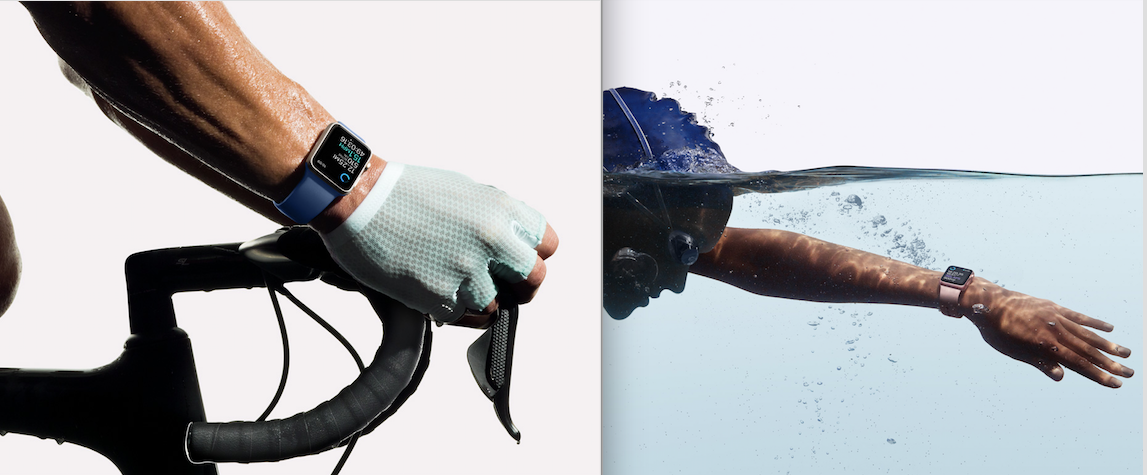 Another minor downside: it can’t do multi-sport (yet)
Another minor downside: it can’t do multi-sport (yet)
For all you triathletes out there, your jubilation regarding the swim functionality of Apple Watch Series 2 will be tamped down by its lack of smooth multi-sport transitioning. For now, you’ll have to stop and start discrete workouts in order to track the swim, bike and run. Also, battery power will become an issue for a 70.3 or Ironman, no doubt. But again, this shouldn’t stop a third party (or even Apple with their robust Workout app) to develop a seamless multi-sport tracker, as it wouldn’t be too difficult to queue when you’re out of the water and on the bike, or starting the run.
Conclusion
This is way, way more than just a running watch
Yes, this is the watch that running fans of Apple products wanted the first time around, and are finally getting with Series 2. The GPS works like a charm, the improved running app will no doubt develop a bit of a cult following, and the battery life is passable for those that don’t mind giving it a nightly charge.
But here’s the thing: this is a stellar timepiece. It’s beautifully designed and manufactured. At about $500 it’s not pricey for a fancy watch, and is comparable to Garmin, Polar and Suunto’s comparably featured GPS units (and, in some cases, is actually much cheaper). I found myself enjoying wearing it as I enjoy any other decent watch I’ve owned over the years. It’s really comfy, has a nice, unimposing weight to it, and I enjoy that I don’t find myself looking at my phone nearly as much any longer in order to check who’s messaging me or a lingering calendar notification.
What’s most exciting about Apple Watch Series 2 (and really about smart wearables in general) is in its potential. This is not a static piece of tech that does one thing, as the standard GPS running watch functions (albeit most of them do that one thing really well). Like with your smartphone, their are thousands of motivated developers out there seeing this as an opportunity to create new solutions and fix lingering problems. And Apple has clearly positioned Apple Watch as a fitness and active lifestyle product, so runners are going to be catered to when it comes to evolving what a “running watch” means and what it can do. I’m excited about that, and curious to see how companies like Nike, Strava, Runkeeper and others will push Apple Watch. That is going to mean the Series 2 just becomes an even better training partner than it already is. And, right now, it’s surprisingly robust and a very serious contender as one of the best options for runners on the market. After well over 500 kilometres of running with Apple Watch Series 2, I find myself going back to it each morning for a run, and then keep it on for the rest of the day.


